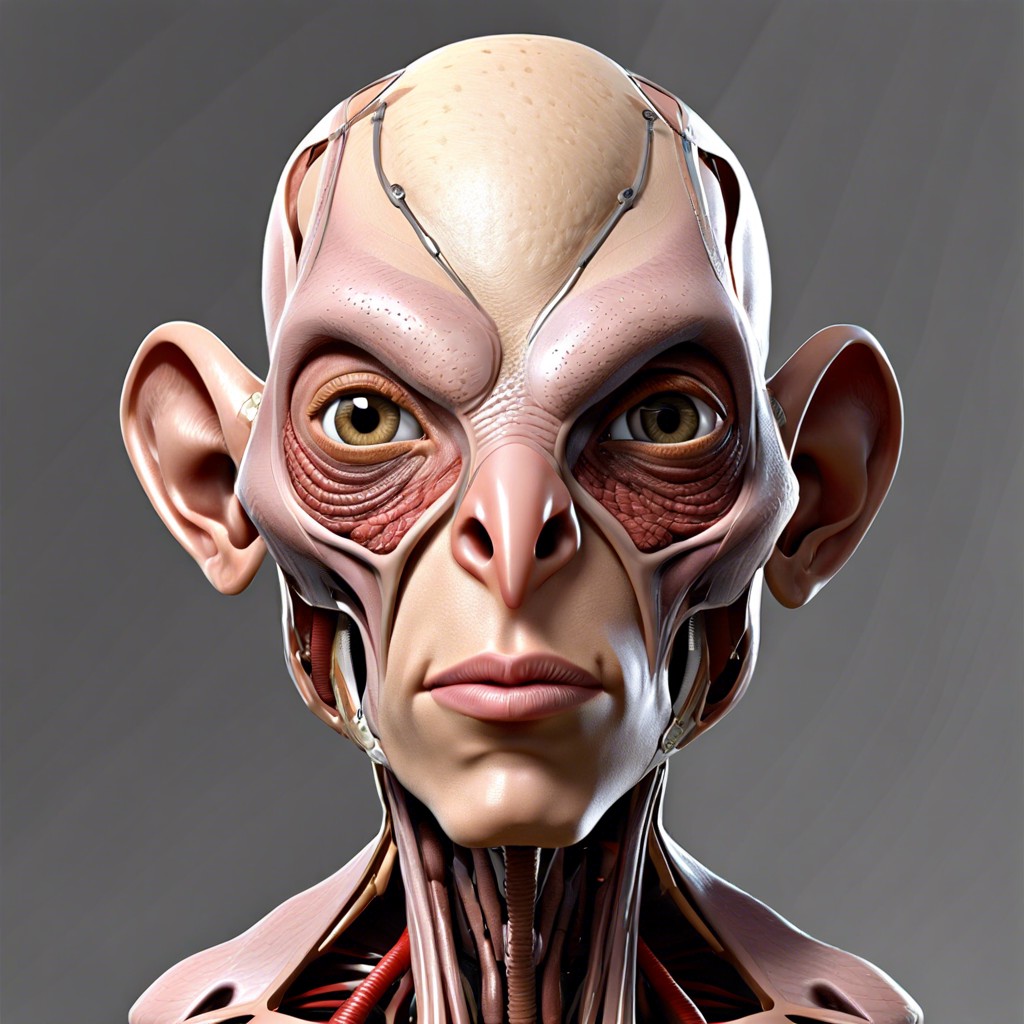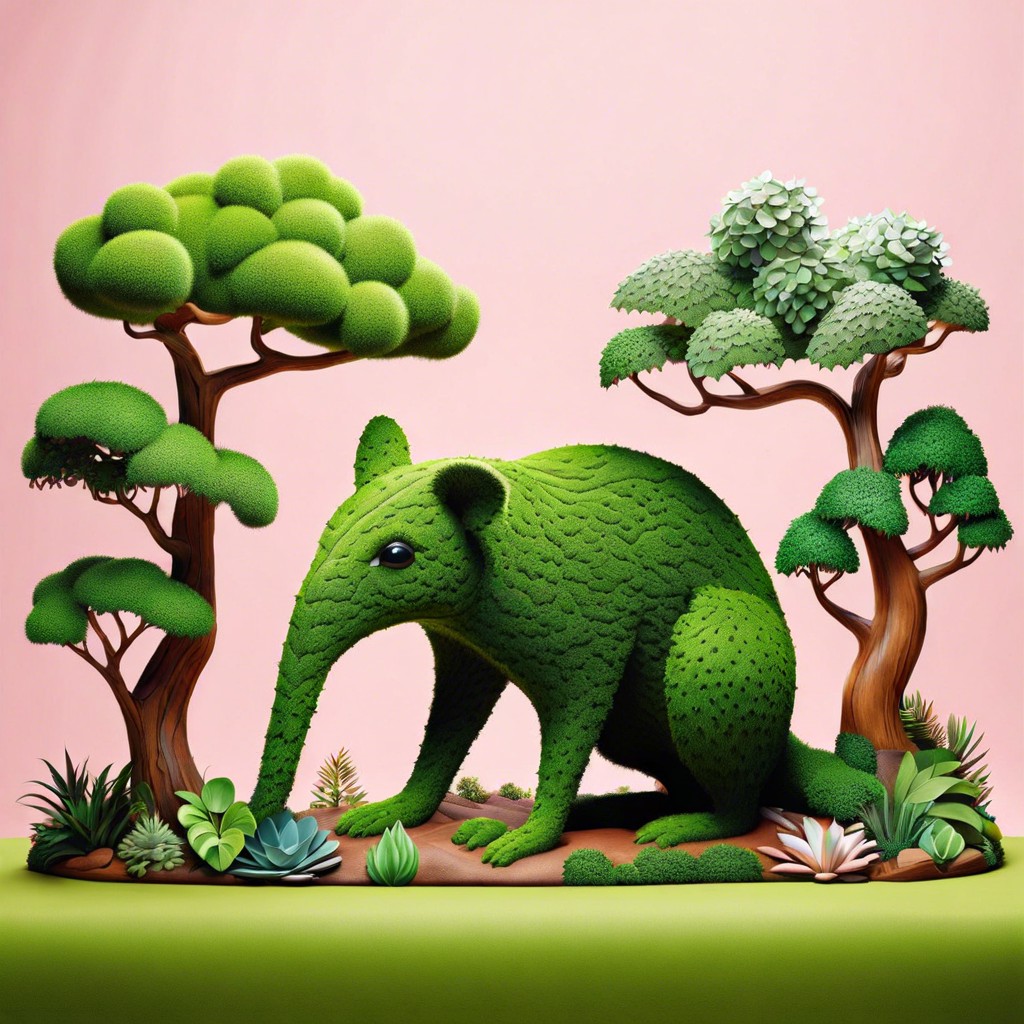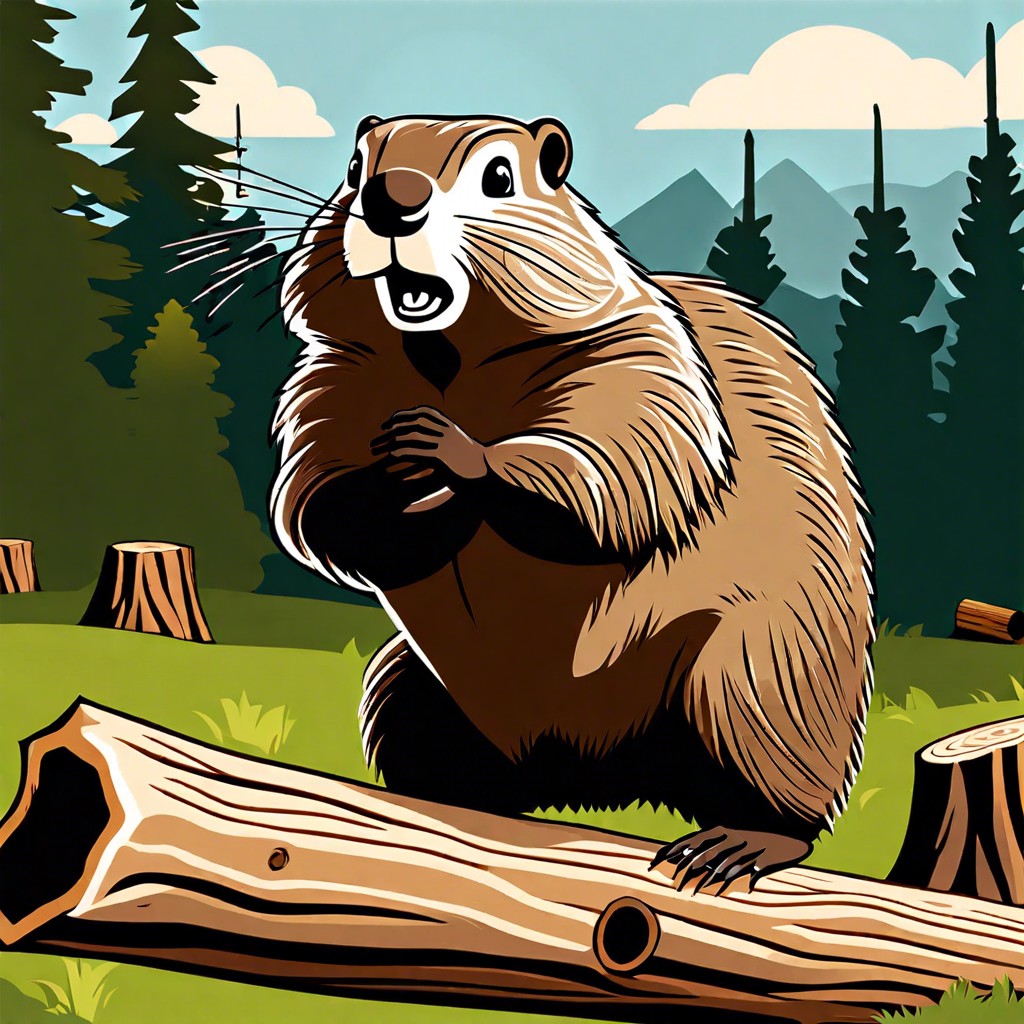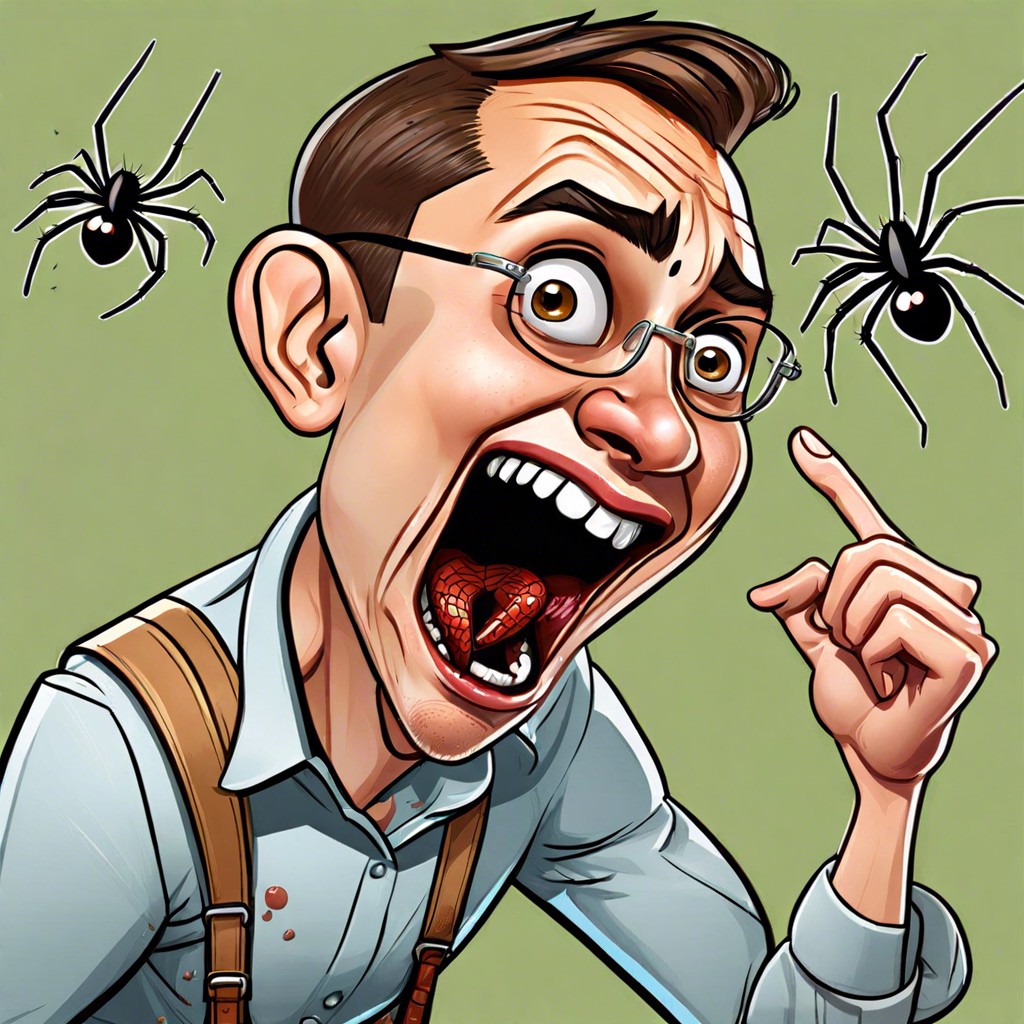Imagine a world where humans evolved from birds—this article will unpack the wild differences in our anatomy, culture, and even fashion choices.
Imagine a world where you and your neighbors sport sleek feathers, glide to work with impressive wingspans, and possess eyesight sharp enough to spot a worm from miles away. Intrigued yet? Delving into the whimsical what-if of humans evolving from birds, we’ll explore everything from anatomy quirks and lifestyle shifts to mind-boggling impacts on society and reshaped communication channels. Get ready to soar through a landscape filled with feathered cultures, avian-inspired tools, and sky-high creativity.
Key takeaways:
- Feathered fashion trends and newfound dexterity
- Efficient breathing and enhanced vision capabilities
- Lifestyle changes like early mornings and aerial commuting
- Societal shifts towards bird-inspired behavior and culture
- Technological advancements, from medical to communication
Anatomical Differences and Similarities

Picture humans with feathers instead of body hair—fashion would be a clucking delight! Our arms as wings might mean typing could get messy, but imagine the added dexterity with talon-like fingertips. Forget the gym; we’d be naturally equipped for a sky-high workout.
The skeletal structure would be lighter. No more creaky knees, but maybe a lot more bird-related puns. Hollow bones—nature’s way of saying, “Travel light, fly high.”
Breathing might get an upgrade, too. Birds have super-efficient respiratory systems. Breathe in, breathe out—birds do it in continuous, delightful loops. We’d be marathon-ready by default.
Now, let’s talk eyes. Birds see colors we can only dream of. RGB? More like OMG! The world would look like an HD kaleidoscope on steroids.
Muscles of steel? Nope, muscles of flight. Birds have unique pectoral muscles for powerful flapping. Say goodbye to push-ups, and hello to flap-ups! Efficient, strong, and aerodynamic.
Impact On Lifestyle and Behavior
Imagine waking up at the crack of dawn—literally. Our circadian rhythms would be tightly synced with the sun, thanks to avian ancestors’ habits. Goodbye, late-night Netflix binges; hello, early morning worm hunts.
With wings, commuting shifts from bumper-to-bumper traffic to whoosh-and-fly. Just think, no more road rage, only airspace negotiations. Parking meters could transform into roosting perches.
Dietary habits? Say farewell to processed junk. Seeds, berries, and the occasional bug would be our daily fare. Organic would stop being a lifestyle choice and start being life.
Social behaviors would change too. Ever seen a bird that’s not part of a flock? Human gatherings would morph into cluster formations, making introverts question their life choices.
Imagine shopping for clothes. Feathers don’t require seasonal collections, and molting season could replace fashion week. The dry cleaner business would go extinct—pun intended.
This bird-influenced lifestyle reshapes our norms, demanding reimagined social norms and interactions. Super fun, right?
Influence On Human Societies and Cultures
Picture ancient Egyptians worshiping a bird-god, but not just in the mythical sense. Imagine entire societies with nests atop buildings, celebrating festivals that mimic migratory patterns. How about a parliament where “winging it” is not just a figure of speech?
Clothing would be an avian affair, with feathers as functional accessories, not just fashion statements. Instead of mundane hobbies, we’d have soaring competitions and gravity-defying dance forms. Courtship would involve intricate feather displays instead of cheesy pickup lines. Date nights? More like ‘flight nights.’
Architecture would also take a lofty turn. Think of sky-scrapers, but literally scraping the sky with platforms designed for perching. Treehouse communities would become bustling urban centers. Forget roads; skyways and glide-paths are the new highways, with “traffic” that has a whole new meaning.
Even language would evolve. Profound philosophies could be just a chirp away, while debates would involve much more wing-flapping and less hot air. Combining art with flight, imagine graffiti in the sky, painted by feathered artists on the move.
In a bird-human society, who needs Netflix when you can witness breathtaking aerial ballets every evening from your window?
Changes in Communication and Social Structures
Imagine human conversations filled with chirps, whistles, and elaborate dances. How poetic! Instead of dull handshakes, greetings might involve a display of colorful feathers and intricate movements. Non-verbal communication would skyrocket.
Hierarchies could resemble those of bird flocks with alpha individuals leading the group through both physical displays and vocal calls. Social bonds might include preening each other’s feathers, reinforcing relationships with tactile gestures.
Group gatherings would be large, noisy affairs, much like a bird colony. Community meetings would involve everyone showcasing their ‘plumage’ of ideas, both figuratively and literally.
Courtship might include sky dances and synchronized swaying, making Tinder dates look like amateur hour. Courtship songs would be a huge part of romantic endeavors, adding a melodious spin to human interaction. Imagine wooing someone with an aria instead of a text message.
Political debates would include a lot more flapping and chirping, possibly even a few aerial stunts to win over the crowd. Parliament sessions could get truly ‘flighty.’
Art and fashion would be a vibrant parade of feathers and motifs inspired by bird anatomy. Fashion weeks would look like explosions of color, with designers mimicking avian patterns.
Possible Technological and Medical Advancements
Imagine hospitals equipped with feathered surgeons, meticulously preening before precision procedures. Evolution from birds could mean ultra-advanced medical technology inspired by avian biology. Think about lightweight, flexible prosthetics mimicking bird bones—strong yet hollow, making human movement both graceful and efficient.
In the tech world, inspiration might come from bird flight. Drones with bird-like agility, soaring through urban spaces for deliveries or even emergency services. Energy-efficient aircraft designs incorporating wing flapping for smoother, quieter travel could revolutionize transportation.
Communication devices? Who needs phones when you can have high-frequency signal transmitters modeled after bird calls. Imagine a world where we chirp our way through conversations, using advanced vocal mimicry for seamless, non-verbal interactions.
Realistically, cybersecurity could get a feathered touch. Encryption algorithms inspired by the complex migratory patterns of birds would be baffling to decode, keeping data safe from prying eyes.
And let’s not overlook bioengineering! Adaptations like enhanced vision could lead to ocular implants providing eagle-eyed precision. Enhanced immune systems mimicking birds’ robust health might also transform medical treatments, minimizing human susceptibility to diseases.
The intertwining of avian evolution with technology and medicine could lead to some truly radical advancements, blending the marvels of nature with futuristic innovation.




